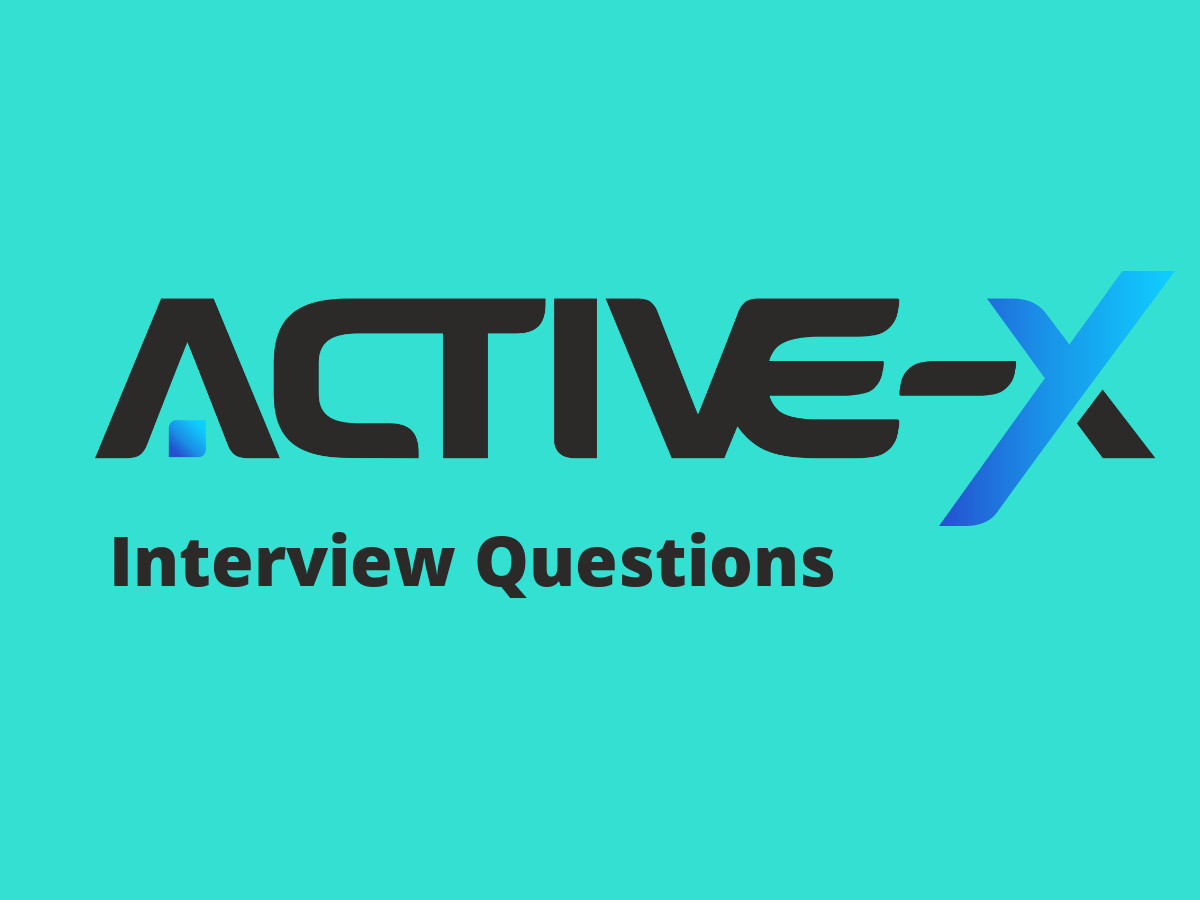The market for technology has always been competitive and tough therefore cracking the interview doesn’t come that easy. The ActiveX programmers find there place in several setups, but the key to entering one of the corporates is doing smart work. ActiveX programmers can research a little about the past interview patterns so that they can be ready to face a panel.
ActiveX is an object-oriented programming tools formation that is built by Microsoft for Internet Explorer to assist the progress of rich media playback. It is not a programming language; it is a set of rules on how applications should share information. It is like Java applets. While Java applets have limited access to the Windows operating system, ActiveX has full access to the operating system.
The difficulty level of the ActiveX Interview Questions might vary for fresher and experienced. While freshers might face simple and rather basic questions the experienced personnel may get a higher level. But whether you are a fresher or experienced, you must be prepared for the interview. You should read about all crucial notes related to ActiveX.
Read Best ActiveX Interview Questions
The experts can quickly help you with this thing, so here we are providing you with some of the usual questions (with answers), which are generally asked in an interview. Hope these questions will help you in analyzing the level you need to prepare for.

